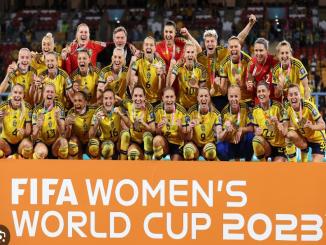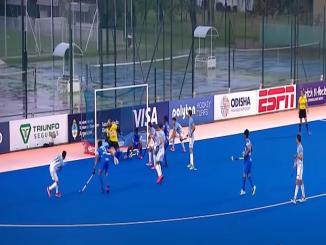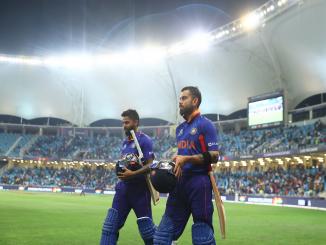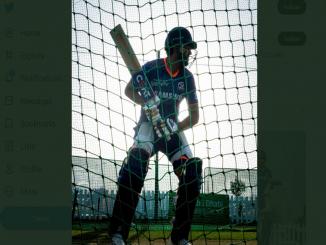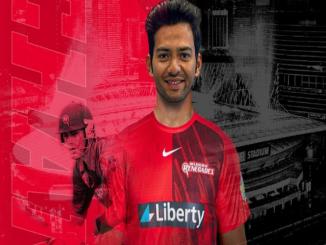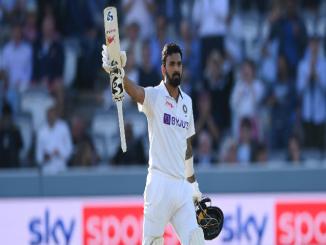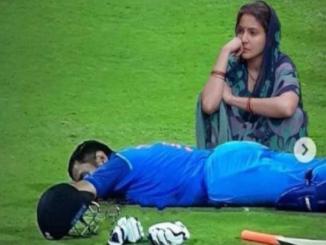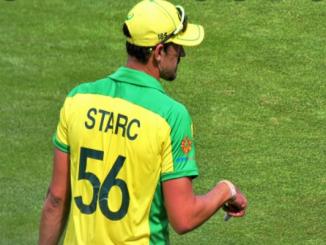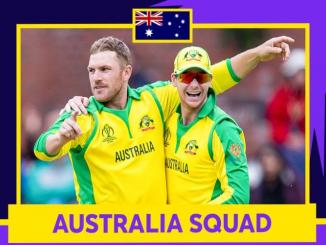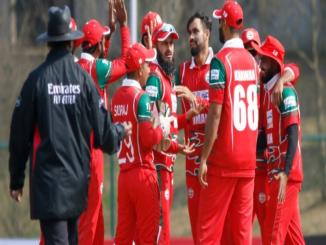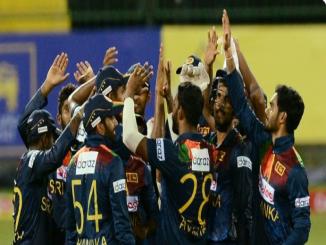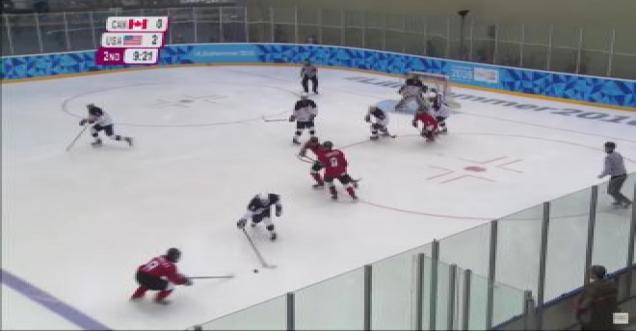
Rules to play ICE Hockey
Ice hockey is a Contact Sports team sport played on ice, usually in a Ice Hockey rink, in which two teams of skaters use their Ice Hockey Stick to shoot a harden rubber puck into their opponent's net to score points. Ice hockey teams usually consist of six players each: one goaltender, and five players who skate up and down the ice trying to take the puck and score a goal against the opposing team.
Ice hockey is governed by several organizations including the International Ice Hockey Federation (IIHF), the National Hockey League (NHL), Hockey Canada, USA Hockey and others. The rules define the size of the hockey rink where a game is played, the playing and safety equipment, the game definition, including time of play and whether tie-breaking methods are used and the actual playing rules themselves. The IIHF rule book is used in both amateur and professional leagues world-wide.
Some of the Rules which are commonly used while playing this game are:
Rule1: Players
- Ice Hockey is played with 6 players on the ice for each team; five 5 skaters, 1 goaltender.
- The typical roster size of a hockey team is 20 players; 12 forwards, 6 defensemen, and 2 goaltenders.
- There are an unlimited amount of substitutions and they can happen at any time; during play and/or a stoppage of play; except when the defensive team ices the puck.
- The goaltenders have limited control over the puck, there is a trapezoid behind the goal where goalies are allowed to handle the puck, if they play the pluck outside this area below the goal line, and it will result in a delay of game penalty. This trapezoid does not exist in international play.
Rule2: Icing
- Icing is when the defending team shoots the puck down the ice, without touching another player, across two red lines, first one being the red centre line and the second being the goal line. The opposing team must touch the puck before the team who iced the puck, or the call will become void.
- In the international rule, the rule is no touch, icing means the play is called dead once the puck crosses the goal line.
- The team who ices the puck is not allowed to substitute players during this stoppage of play.
Rule3: Regulation time
- Hockey is divided into 3 period, first, second, and third; each time person is 20 minutes long, with intermissions in between.
- The ice is to be flooded after warm-up and during first and second intermission.
Rule4: Overtime
- If the game is still tied at the end of regulation, there is a sudden death overtime period; meaning, if a goal is scored during this period, the game is over.
- During the NHL regular season, the overtime period is 5 minutes long with 4-on-4 hockey. If the game is still tied after the overtime period, it results in a shootout.
- In NHL playoff hockey, the sudden death overtime period(s) is 20 minutes long with 5-on-5 hockey. The game will continue until there is a goal scored, there is no shootout.
Rule5: Shootout
- If the game is still tied after the overtime period, a shootout ensues. Each team will have 3 shooters. The team with the best out of three shots will win the game. If after the three shooters the game is still tied, its moves to a sudden death shootout; meaning the next shootout goal wins (if the team who chooses to shoot first scores, the team that shoots second has the chance to redeem themselves, if they miss, the game is over).
Rule6: Penalties
Two Minute Minor Penalties
- Hooking, slashing, delay of game, interference, goaltender interference, tripping, roughing, elbowing, boarding, cross checking, charging, holding, high sticking, kneeing, check from behind, spearing, unsportsmanlike conduct, too many men on the ice
Four Minute Double Minor Penalties
- Any minor penalty that draws blood from the cause of the penalty
Five minute Major Penalties
- The player must stay in the penalty box for the entire 5 minutes, even if their shorthanded team is scored upon.
- A player is allowed to serve the initial 2 minute penalty, but the other player must stay in the penalty box.
- Penalties such as fighting, charging, hit from behind, and hit to the head.
Ten Minute Misconduct Penalties
- The player must stay in the penalty box for the entire 10 minutes, even if their shorthanded team is scored upon.
- A player is allowed to serve the initial 2 minute penalty, but the other player must stay in the penalty box.
- Penalties such as fighting, charging, hit from behind, unsportsmanlike conduct, and hit to the head.
Game Misconduct Penalties
- The player is suspended for the remainder of the game and depending on the severity of the penalty, will receive additional suspension.
- Penalties such as charging, hit from behind, spearing, unsportsmanlike conduct, and hit to the head.
- Players are ejected from the game if they fight 3 times in one game.
Rule7: Power Play
- When a team is penalized, and depending the severity of the penalty, the opposing team is rewarded a power play; meaning the other team will be short handed for a distinct amount of time (refer to penalties).
- If the team on the power plays gets a goal, the power play is now over.
- If the short handed team scores while killing the power play, the power play is not over.
Rule8: Penalty Shot
- A penalty shot is rewarded to the offensive player if he or she is on a breakaway and the defending obstructs the player enough so they do not get a shot off. Obstructions such as hooking, slashing, tripping, and holding. Also, if the goaltender throws his or her stick at the puck or players to prevent a goal, the player will be awarded with a penalty shot.
- On a penalty shot, the shooter starts from centre ice and is only allowed one shot, even if there is a rebound.
Rule9: Offside
- The puck must completely cross the offensive blue line before any player on the offence completely crosses the blue line.
Rule10: Face-off
- A faceoff ensues every time there is a stoppage of play. A face off occurs in the centre of the rink at the beginning of each period and after every goal.
Rule11: Shots on Goal
- A shot on goal (SOG) is when the shot results in a goal or a save by the goaltender.
- A missed shot results the shot missing the goal completely or hitting the goal posts.
Rule12: Points
- Points are rewarded to players who score and assist (primary and secondary) the goal.
- Two points (2) are awarded to the winning team in the standings, while the losing team gets zero (0) points, unless they losing team loses in overtime or a shootout then they are awarded one point in standings.
Rule13: Plus/Minus (+/-)
- When a goal is scored, even strength (5 vs. 5), the offensive team players on the ice are rewarded with a +1 rating. The defending team players on the ice are given a -1 rating. This statistic in not in effect when teams are on the power play, unless the team that is short handed gets a goal.
- Goaltenders are not part of this statistic.




